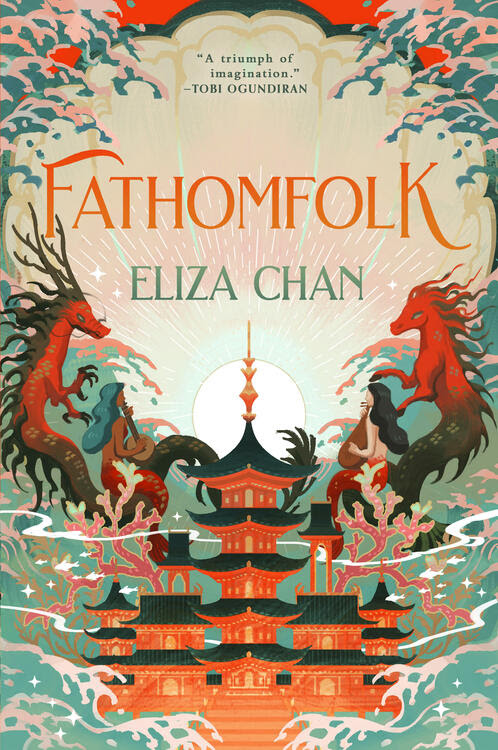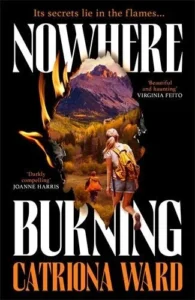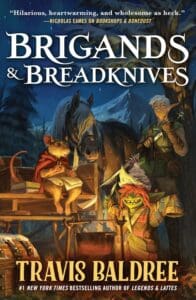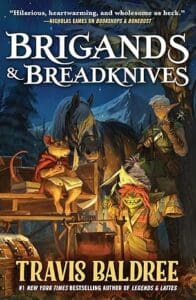
Synopsis
Welcome to Tiankawi – shining pearl of human civilization and a safe haven for those fleeing civil unrest. Or at least, that’s how it first appears.
But in the semi-flooded city, humans are, quite literally, on peering down from skyscrapers and aerial walkways on the fathomfolk — sirens, seawitches, kelpies and kappas—who live in the polluted waters below.
For half-siren Mira, promotion to captain of the border guard means an opportunity to reform. At last, she has the ear of the city council and a chance to lift the repressive laws that restrict fathomfolk at every turn. But if earning the trust and respect of her human colleagues wasn’t hard enough, everything Mira has worked towards is put in jeopardy when a water dragon is exiled to the city.
New arrival Nami is an aristocratic water dragon with an opinion on everything. Frustrated by the lack of progress from Mira’s softly-softly approach in gaining equality, Nami throws her lot in with an anti-human extremist group, leaving Mira to find the headstrong youth before she makes everything worse.
And pulling strings behind everything is Cordelia, a second-generation sea-witch determined to do what she must to survive and see her family flourish, even if it means climbing over the bodies of her competitors. Her political game-playing and underground connections could disrupt everything Nami and Mira are fighting for.
When the extremists sabotage the annual boat race, violence erupts, as does the clampdown on fathomfolk rights. Even Nami realises her new friends are not what they seem. Both she and Mira must decide if the cost of change is worth it, or if Tiankawi should be left to drown.
Review
I think I gave Fathomfolk 3.5 stars when I first rated it but it has been on my mind quite a bit since I finished it so I decided to round up on GR etc. rather than down. This is one of those books where reading other people’s reviews really made me question my own opinion and whether you’ll like it or not can depend a lot on how you treat your reading. Do you compare books to real life and view them as statements about society (which is often done with SFF books) or do you just treat them as the made-up stories they are and not judge how they compare to real life? I can see both views for Fathomfolk specifically but even then struggle to agree with some of the harsher judgments I’ve seen.
On its own, I thought this book had some really cool world-building. I enjoyed how different animals and mythical beings were incorporated as characters and how their skills were used in every day life. The social hierarchies made for interesting politics and I liked having MCs that came from very different backgrounds, especially because they had very different opinions on how to handle social issues within their society. I thought the emotions of the characters were conveyed really well, especially the anger, fear, and panic in certain situations. The plot did feel like it could have been a bit stronger but overall it had a good flow.
Now to the more controversial side of things: I see this book compared to real world issues mainly because of its themes of immigration and police brutality. Those are definitely very big in the book and intricately woven with other themes such as climate change, drugs, environmental abuse, and race. The immigration aspect was one of the reasons I wanted to read the book because my own family has had two very different paths to citizenship due to our backgrounds so I was eager to see how this would be handled here. Reading about the experiences of the lower class in this book was rough and I personally thought it was very comparable to many stories I’ve heard in real life, from my family included. People like to pretend that we’re past these kinds of things but sadly we are not and I think it’s important to have them portrayed in the media. The polize force in this book is extremely corrupt so I personally disagree that this book is pro-cops just because one single character is trying her best to change the system from within. There are so many negative examples that I’m not really sure where that suggestion came from, to be honest. But I don’t want to just post my reactions to other people’s opinions because in the end, we are all entitled to have our own. So I personally would say that this book very strongly addresses many issues that we see in every day life, both within the US as well as outside. The author herself is not from the US, so I don’t think it should be judged just based on that direct comparison but even so, there are many parallels that can be drawn there.
I’ve got the second book on my shelf already and am looking forward to reading it soon. I liked the transformation of the two of the MC’s thought processes a lot and am eager to see how this duology will conclude. The stunning covers match the cool world that’s been created and I hope to learn more about that as well.








Leave a Reply